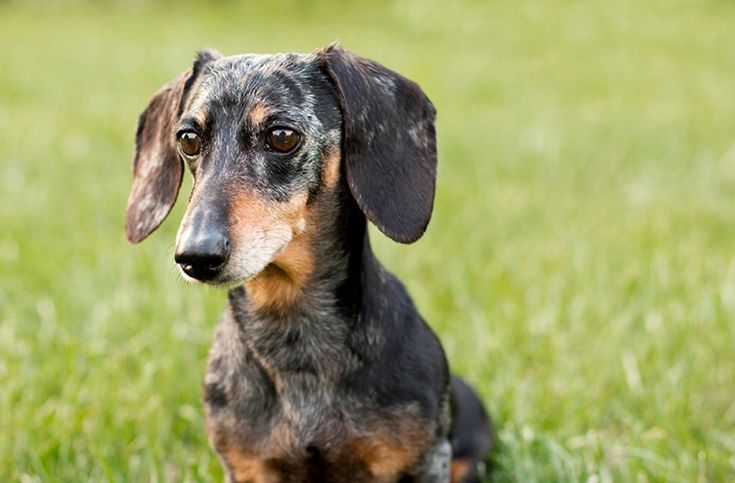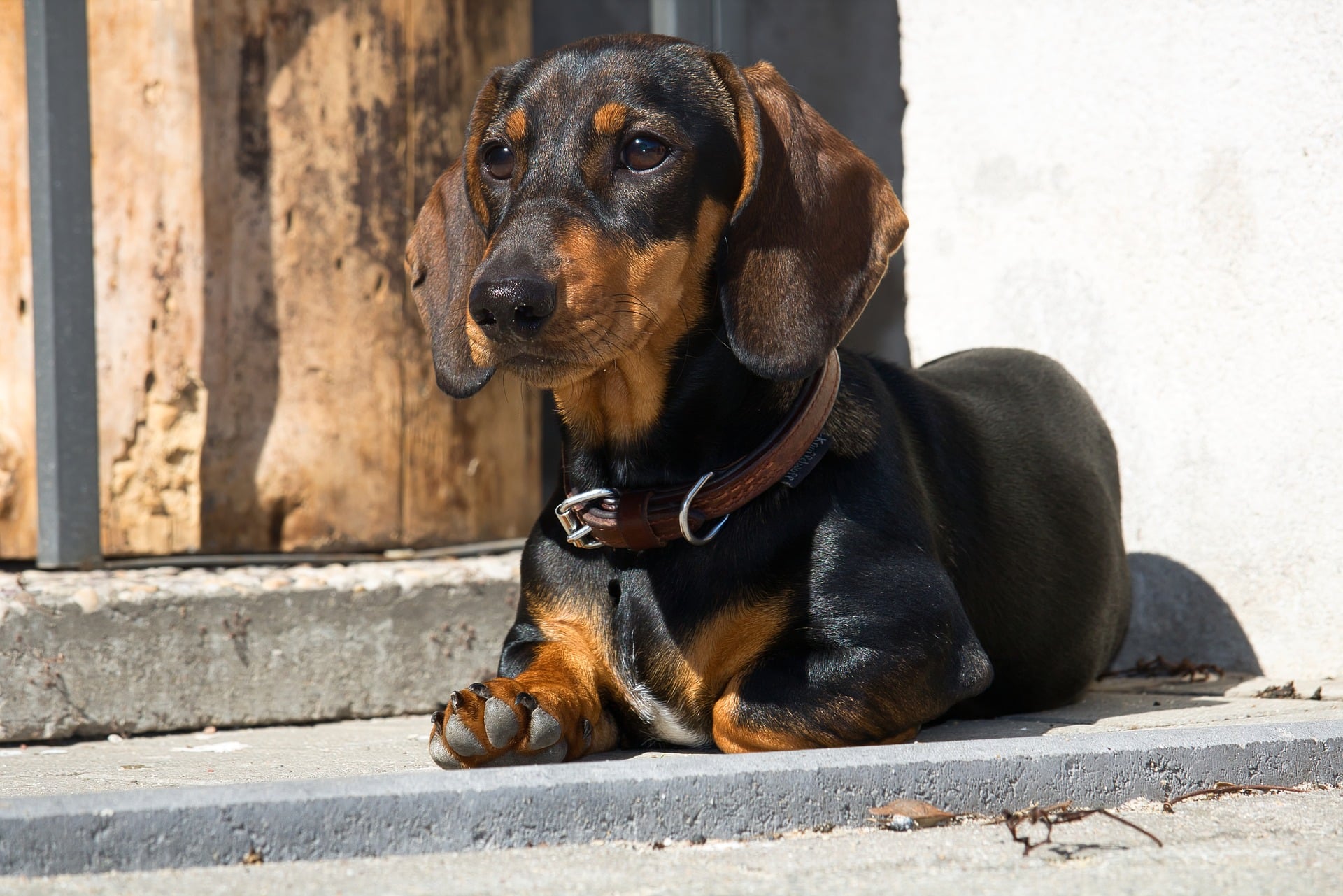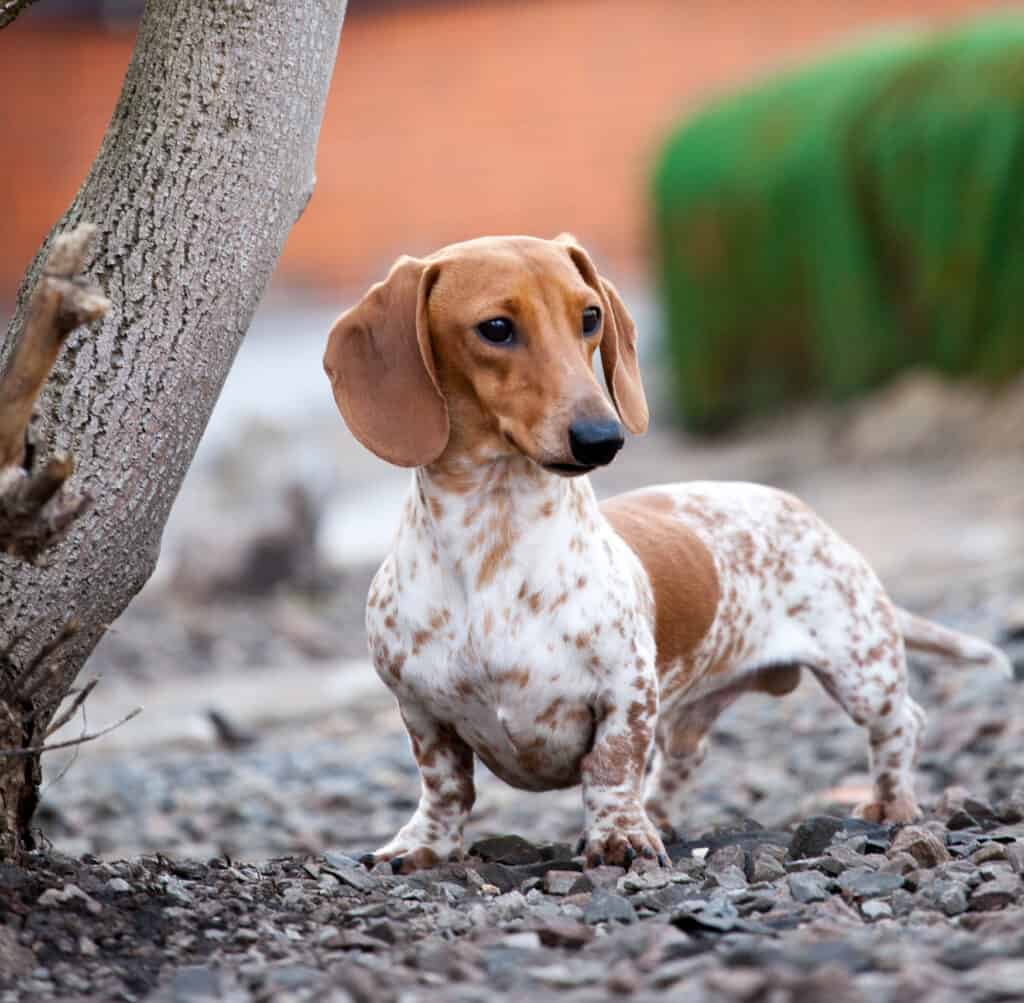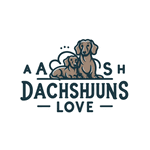The dachshund, with its short legs, long body, and distinctive bark, is a beloved breed around the world. Known for its tenacity, intelligence, and affectionate nature, the Dachshund is much more than just a cute companion. Its history is a fascinating tale interwoven with the evolution of hunting practices, the changing landscape of Europe, and the dedication of breeders who carefully crafted its unique features.
Contents
- 1 From German Hunting Dog to Beloved Companion: The Dachshund’s Evolution
- 2 The Dachshund’s Unique Body Structure: Designed for Burrowing and Hunting
- 3 The Dachshund’s Varied Coat Types: Smooth, Wirehaired, and Longhaired
- 4 The Dachshund’s Temperament: Playful, Courageous, and Independent
- 5 The Dachshund’s Popularity and Influence: A Beloved Breed Around the World
- 6 Conclusion
From German Hunting Dog to Beloved Companion: The Dachshund’s Evolution

The Dachshund’s lineage can be traced back to Germany, where it was originally bred for the purpose of hunting badgers. The name Dachshund itself is German, literally translating to badger dog. This dedication to badger hunting is evident in the breed’s physical characteristics. Their elongated bodies allow them to maneuver easily into underground burrows, while their short legs provide them with the strength and balance needed to wrestle with their prey.
However, the Dachshund’s history predates its official name. Medieval records suggest that the breed evolved from a variety of hunting dogs, including the German Bracke, a hound-type dog known for its keen sense of smell. The Bracke was likely crossed with smaller, short-legged dogs, potentially of terrier ancestry, to create a dog adept at hunting vermin that would be too small for larger hounds.
Throughout the centuries, the Dachshund continued to evolve and adapt to the ever-changing landscape of Europe. As hunting practices shifted, so did the breed’s purpose. They were used not only for badger hunting, but also for tracking other small game such as rabbits, foxes, and even wounded deer. The Dachshund’s versatility and tenacity made it a valuable asset to hunters and it quickly gained popularity across Europe.
The Dachshund’s Unique Body Structure: Designed for Burrowing and Hunting

The distinct body structure of the Dachshund is one of its defining features. Its elongated body, short legs, and powerful chest were carefully crafted by breeders to create a dog that was nimble and agile, yet strong and sturdy. This unique body structure is what makes the Dachshund so well-suited for its original purpose as a badger hunter.
The elongated body of the Dachshund allows it to maneuver easily into underground burrows, a necessary skill when hunting badgers. However, this body shape also presents some health concerns for the breed. Due to their long backs, Dachshunds may be prone to spinal issues such as intervertebral disc disease. It is important for owners to be aware of these potential health concerns and take proper precautions to keep their Dachshunds healthy and happy.
Another interesting aspect of the Dachshund’s body structure is its short legs. While this may seem like a disadvantage, it actually serves a purpose in the breed’s hunting abilities. Dachshunds have been bred to have short, sturdy legs that provide them with the strength and balance needed to dig and wrestle with their prey. Their front legs are also slightly bowed, which helps them to grip onto their target while their powerful jaws do the work.
The Dachshund’s Varied Coat Types: Smooth, Wirehaired, and Longhaired

In addition to its distinctive body structure, the Dachshund also comes in three different coat types – smooth, wirehaired, and longhaired. These variations are the result of selective breeding over time, with each coat type serving a specific purpose for the breed.
The smooth-coated Dachshund was the original variety, as it was the most efficient for burrowing and hunting. Its short, dense coat allowed it to easily navigate through underground tunnels without getting caught or tangled. This type of Dachshund is also the most common today, as it requires minimal grooming and maintenance.
The wirehaired Dachshund, on the other hand, was bred specifically for its hardy and weather-resistant coat. Its wiry outer coat and soft undercoat provide protection from harsh elements, making it well-suited for hunting in colder climates. The wirehaired Dachshund also tends to have a more rugged appearance compared to its smooth-coated counterparts.
Last but not least, the longhaired Dachshund is the result of crossbreeding with Spaniels and Setters to create a longer, silkier coat. While this variety may not be as commonly seen in hunting circles, it has become a popular choice among pet owners due to its elegant appearance and affectionate nature.
The Dachshund’s Temperament: Playful, Courageous, and Independent

Beyond their distinctive physical characteristics, Dachshunds are also well-known for their unique temperament. They are often described as playful, curious, and fiercely independent. These traits were also carefully selected by breeders over time to create a dog that could work independently and fearlessly when hunting.
Despite their small size, Dachshunds are known for their courage and tenacity. They will fearlessly confront much larger animals, including badgers, with no regard for their own safety. This fearlessness can also make them somewhat stubborn, as they tend to have a mind of their own and can be difficult to train at times.
On the other hand, Dachshunds are also incredibly affectionate and devoted companions. They form strong bonds with their owners and are always eager to please. However, they can also be quite protective and may bark at strangers, making them excellent watchdogs.
The Dachshund’s Popularity and Influence: A Beloved Breed Around the World

Today, the Dachshund is a beloved breed around the world. Its unique history, distinctive appearance, and charming personality have captured the hearts of dog lovers everywhere. In fact, according to the American Kennel Club’s registration statistics, the Dachshund consistently ranks as one of the top 10 most popular breeds in the United States.
The Dachshund’s popularity has also influenced other breeds, with many using its distinctive body structure for specific purposes. For example, the Bassotto Italiano (or Italian Dachshund) was developed by crossing Dachshunds with local Italian hounds to create a dog specifically bred for hunting wild boar in Italy.
In addition, the Dachshund has also appeared in popular culture, often depicted as a lovable and mischievous sidekick in various movies, TV shows, and books. This has only added to the breed’s appeal, further cementing its status as a beloved companion and cultural icon.
Conclusion
The Dachshund, or “badger dog,” has a rich and fascinating history that dates back centuries. From its origins in Germany as a tenacious and fearless hunter, to its current status as a beloved companion and cultural icon, the Dachshund has certainly left its mark on the world. Its unique body structure, varied coat types, and independent yet affectionate temperament make it an endearing breed that continues to capture the hearts of dog lovers around the globe.
